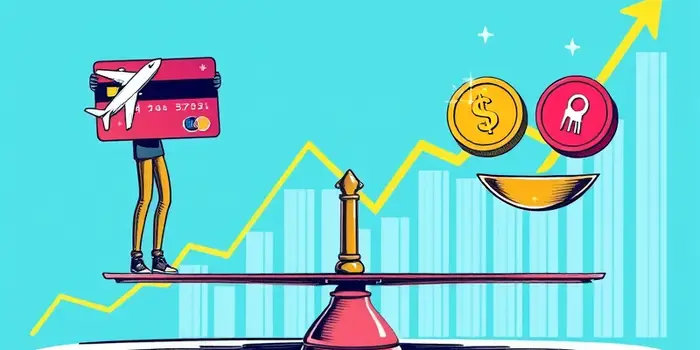
For many consumers, the concept of paying an annual fee for a credit card can feel counterintuitive. In an era where individuals seek to minimize expenses, spending $95, $550, or even $695 each year might seem excessive. Yet for those who approach their financial tools strategically, these fees can unlock doors to benefits that far outweigh the upfront cost. By understanding how fees translate into real value, cardholders can transform an expense into an investment.
The key lies not in shunning fees altogether, but in evaluating total value from perks, rewards, and benefits. When approached thoughtfully, an annual fee can catalyze savings, grant exclusive access, and enhance lifestyle experiences. This comprehensive guide delves into the mechanics, offers practical examples, and equips you with the insight necessary to decide when those annual fees are indeed worth every penny.
Credit card annual fees are recurring charges assessed each year by issuers in exchange for premium services. While many cards waive this cost, numerous rewards-oriented products levy fees ranging from modest sums to significant premiums. According to industry data, the average annual fee for general-purpose credit cards stood at $105 in 2022, with some entry-level reward cards charging around $95, and top-tier premium cards commanding fees up to $695.
This fee represents more than a bureaucratic cost; it is a gateway to enhanced earning potential, travel rewards, and VIP experiences that no-fee cards seldom offer. Understanding prevalence and structure empowers individuals to make informed choices tailored to their spending habits and lifestyle priorities.
At their core, annual fees serve to offset the costs of generous rewards and exclusive perks that issuers provide. By maintaining a robust fee structure, credit card companies fund diverse benefits such as airport lounge access, hotel elite status, and substantial point multipliers on travel or dining. Issuers also employ psychological pricing strategies under key thresholds, positioning fees at $95 rather than $100 to appear more approachable.
Without these fees, providers would struggle to sustain high-value offerings. As a result, consumers face a trade-off: pay an upfront charge in exchange for potential rewards that could eclipse that initial investment if utilized effectively.
Choosing the right tier depends on your spending levels, travel frequency, and ability to extract tangible benefits.
The hallmark of a fee-worthy card lies in a break-even analysis: if the sum of rewards, credits, and perks exceeds the annual fee, your card is effectively profitable. For instance, a 2% cashback card with a $100 fee requires at least $5,000 in annual spending to neutralize the cost. Meanwhile, many premium cards offer large up-front welcome bonuses that can offset fees for one or more years when you meet spending thresholds.
Beyond initial bonuses, recurring credits play a pivotal role. The American Express Platinum card provides $200 in airline incidental credits, $200 in Uber Cash, and up to $120 in digital entertainment credits. If you actively leverage these benefits, the real out-of-pocket fee can shrink dramatically, making high-fee cards attractive to frequent travelers.
This table highlights the spectrum of fees and benefits, offering a snapshot for quick comparison. Your individual utilization will determine which card aligns best with your financial goals.
While numerical break-even points offer clarity, the subjective nature of perks can sway perceived value. Frequent flyers may prize airline lounge access and travel credits, while infrequent travelers might overlook them entirely. Dining credits, for instance, are invaluable to food enthusiasts but irrelevant to those who seldom dine out.
Travelers who rack up free hotel nights and lounge visits extract tremendous benefit, whereas those charged annual fees but using few perks see the cost outweigh rewards. Big spenders can quickly justify higher fees through elevated multipliers on groceries, gas, or travel expenses, while credit-builders rely on modest fees to access essential credit-improving tools.
Resisting fees in these scenarios prevents sunk costs and maintains financial flexibility.
Adopting these habits ensures that annual fees translate into genuine value rather than wasted dollars.
In conclusion, annual fees need not be obstacles. When approached with discipline and a clear understanding of rewards mechanics, they become levers for enhanced travel experiences, cash back, and financial empowerment. With the right strategy, you can make every penny of those fees work in your favor, turning what seems like an expense into a potent investment.
References













